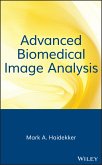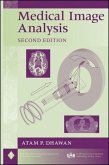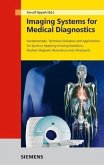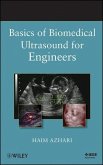A comprehensive reference of cutting-edge advanced techniques for quantitative image processing and analysis Medical diagnostics and intervention, and biomedical research rely progressively on imaging techniques, namely, the ability to capture, store, analyze, and display images at the organ, tissue, cellular, and molecular level. These tasks are supported by increasingly powerful computer methods to process and analyze images. This text serves as an authoritative resource and self-study guide explaining sophisticated techniques of quantitative image analysis, with a focus on biomedical applications. It offers both theory and practical examples for immediate application of the topics as well as for in-depth study. Advanced Biomedical Image Analysis presents methods in the four major areas of image processing: image enhancement and restoration, image segmentation, image quantification and classification, and image visualization. In each instance, the theory, mathematical foundation, and basic description of an image processing operator is provided, as well as a discussion of performance features, advantages, and limitations. Key algorithms are provided in pseudo-code to help with implementation, and biomedical examples are included in each chapter. Image registration, storage, transport, and compression are also covered, and there is a review of image analysis and visualization software. Members of the academic community involved in image-related research as well as members of the professional R&D sector will rely on this volume. It is also well suited as a textbook for graduate-level image processing classes in the computer science and engineering fields.
Dieser Download kann aus rechtlichen Gründen nur mit Rechnungsadresse in A, B, BG, CY, CZ, D, DK, EW, E, FIN, F, GR, HR, H, IRL, I, LT, L, LR, M, NL, PL, P, R, S, SLO, SK ausgeliefert werden.









